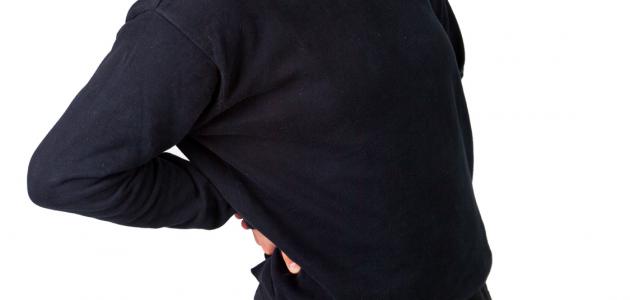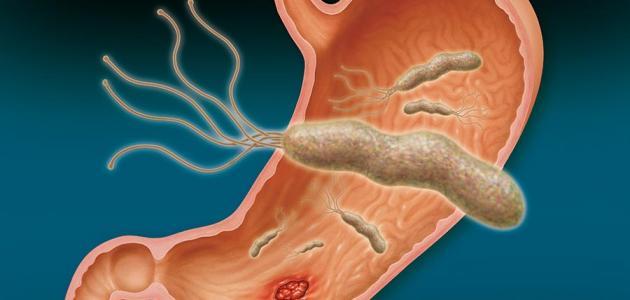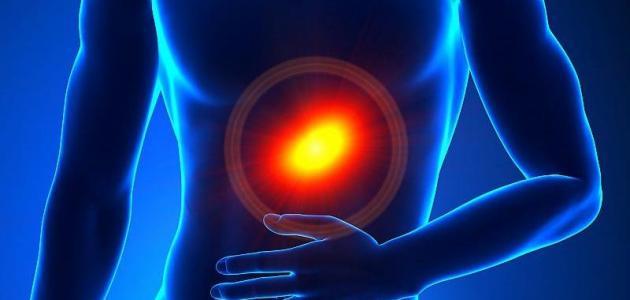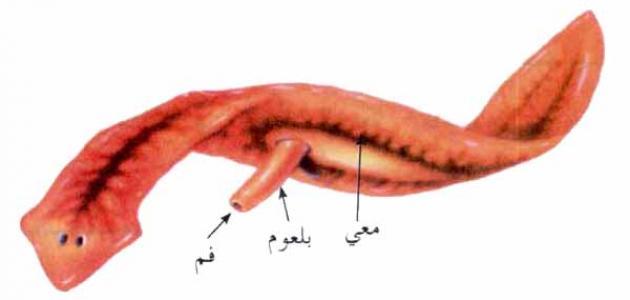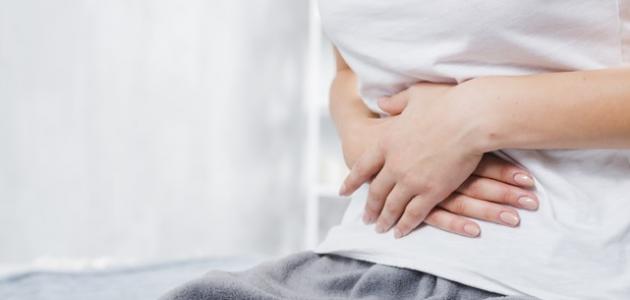hernia
Most types of hernias in the abdominal area occur as a result of weakness in the abdominal wall, which consists of the muscles and tendons supporting them. The abdominal wall extends from the ribs to the groin (in English: Groin) and acts as a corset for the body, as it provides the necessary support for the internal organs, especially the intestines. If the components of this wall are weak, the intestines and internal organs may be pressed outward and appear in the form of a visible bulge in the skin. It is worth noting that most types of hernias do not cause pain, especially large ones. However, small hernias may be painful due to the small size of the area in which the internal organs expand, which leads to their compression. It is important to alert patients to the need to see the patient as soon as the hernia appears, whether it is painful or not, as most patients wait for the pain to appear to see a doctor, which may increase their suffering after the hernia correction operation.
Hernia classification
Inguinal hernia
Inguinal hernia occurs as a result of part of the intestine protruding through a weak area in the abdominal muscles near the groin or groin area. In many cases, inguinal hernias are not considered dangerous, but it should be noted that this type of hernia does not improve on its own, but rather requires surgical intervention to treat it. Symptoms of an inguinal hernia include the appearance of a bulge and bulge when standing or coughing, and a feeling of pain or burning in that bulge, especially when bending, coughing, or carrying things, in addition to the patient feeling heaviness and pressure in the groin area, and in some cases the patient may suffer from pain and swelling around the testicles as a result. The protruding part of the intestine descends into the scrotum. The causes of inguinal hernia include straining during defecation or urination, chronic coughing or sneezing, chronic constipation, strenuous exercise, pregnancy, and aging. It is worth noting that a hernia belt designed to keep the hernia in place does not treat the hernia, nor does it prevent complications. Therefore, the hernia belt is not an alternative to surgery. Rather, the doctor may recommend it to provide comfort to the patient until the time for surgery comes.
Read also:How to expel gas from the abdomenFemoral hernia
Femoral hernia occurs as a result of a weakness in the abdominal muscle wall and part of the intestine pushing through the femoral canal, resulting in a bulge or protrusion appearing in the thigh area. It is worth noting that this type of hernia is not common in general, but it is more common in women than in men, and in many cases the hernia is not noticeable, especially if its size is small or medium, and in some severe cases, the femoral hernia can cause severe pain. In the stomach, or sudden pain in the groin area, in addition to nausea and vomiting. The causes of a femoral hernia include childbirth, chronic constipation, lifting heavy weights, being overweight, difficulty urinating due to an enlarged prostate, and chronic cough.
Umbilical hernia
Umbilical hernia occurs as a result of part of the intestine or fatty tissue pushing through a weak area in the abdominal wall near the navel. This type of hernia is common in children and newborns, especially those born prematurely, and it can also affect adults. This type of hernia usually disappears in children without the need for surgical intervention when they reach 3-4 years of age, while most adults need surgery to correct the umbilical hernia. Factors that increase the risk of developing an umbilical hernia in adults include obesity, lifting heavy objects, persistent coughing, and pregnancy with twins. It is noted that women are more susceptible than men to developing an umbilical hernia. Umbilical hernias in children can be distinguished by the appearance of a lump and bulge near the navel that is clearly visible when the child laughs, cries, or coughs. This tumor also disappears or decreases in size when the child lies on his back.
Read also:What is the treatment for gastroenteritisIncisional hernia
Incisional hernia occurs as a result of part of the intestine or other tissue rupturing at or near the site of surgery. It is worth saying that the risk of developing an incisional hernia after undergoing abdominal surgery reaches 33%, especially within 3-6 months after the surgery. The chance of an incisional hernia occurring increases if there is any factor that increases pressure on the abdominal muscles before the surgical incision heals completely, such as pregnancy, excessive or premature physical activity after undergoing surgery, and excessive weight gain after the operation. Incisional hernia can be treated by undergoing open surgery or laparoscopy.
Hiatal hernia
Hiatal hernia often occurs because the upper part of the stomach pushes through the large muscle that separates the abdomen from the chest, which is known as the diaphragm muscle. In many cases, a small hiatal hernia does not lead to any complications, and the patient may not notice the presence of the hernia due to the lack of distinct and visible symptoms of the hernia. As for a large hiatal hernia, it may cause heartburn, reflux of food and liquids into the mouth, reflux of stomach acid into the esophagus, difficulty swallowing, feeling pain in the chest or abdomen, shortness of breath, vomiting blood, or a change in the color of the stool to black in the event of intestinal bleeding. This type of hernia is usually caused by continuous or intense pressure on the surrounding muscles, as in the case of lifting heavy objects, or continuous coughing and vomiting. Obesity and advanced age may also increase the risk of developing a hiatal hernia.
Read also:Hernia diagnosis